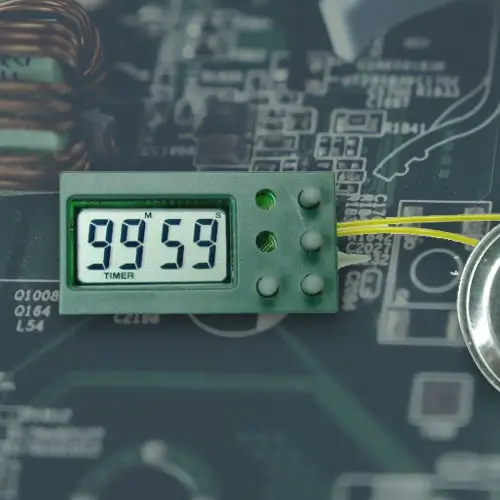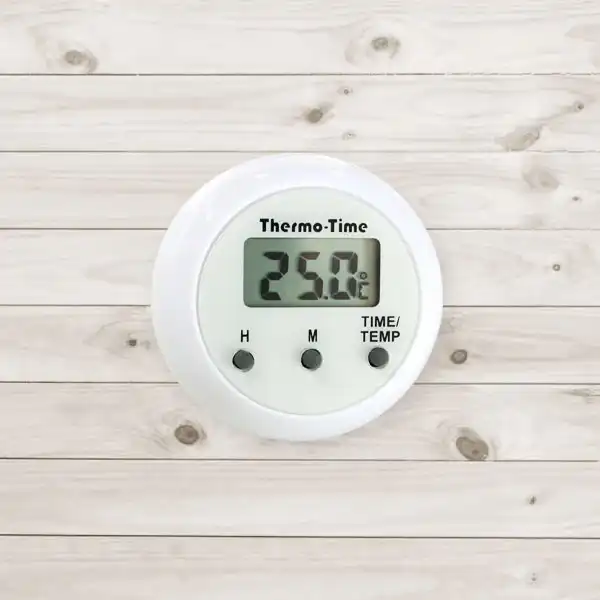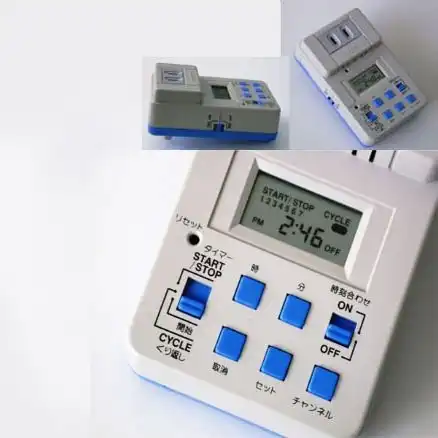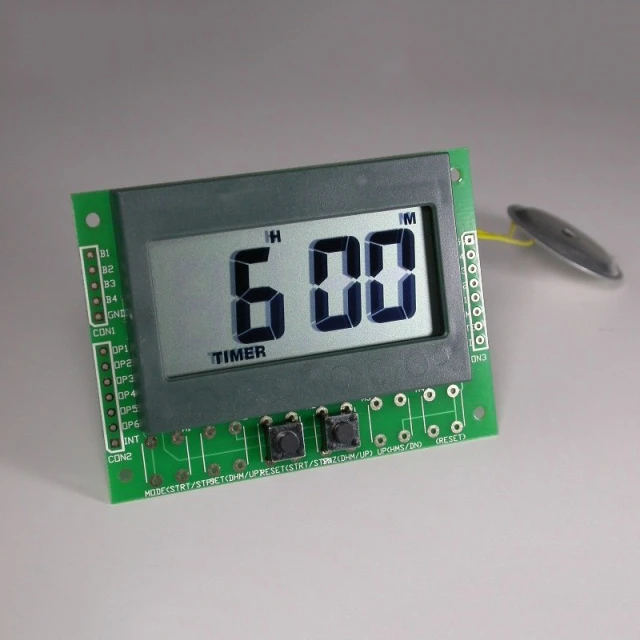What is a Timer Switch?
2023/6/30


1. Introduction
Timer switches have become an essential component in both residential and commercial settings. They offer convenience, energy efficiency, and enhanced control over electrical devices. By automating the operation of lights, appliances, and other electrical systems, timer switches simplify daily routines and contribute to overall energy savings.
2. History of Timer Switches
The concept of timer switches dates back to 1945 when Intermatic introduced its first time switch. Initially designed for applications such as electric signs, store window lighting, and heating systems, timer switches gained popularity due to their practicality and ease of use. In 1952, Intermatic introduced a consumer version, which further expanded the use of timer switches in households.
3. How Timer Switches Work
Timer switches consist of a timing mechanism and an electric switch. The timing mechanism can be mechanical, digital, or programmable, depending on the type of switch. When the preset time or interval is reached, the timing mechanism triggers the switch, turning the connected electrical device on or off.
4. Types of Timer Switches
Timer switches come in various types, each offering unique features and functionalities. The three common types of timer switches are:
- Mechanical Timer Switches
Mechanical timer switches use a rotating dial or a series of pins to set the desired on/off times. These switches are simple to operate and do not require programming. They are commonly used for basic applications where precise timing is not critical.
- Digital Timer Switches
Digital timer switches feature a digital display and buttons for programming. They provide more flexibility in terms of setting specific times and intervals. Digital switches often offer additional features such as countdown timers and random mode settings, which enhance security measures by simulating occupancy when homeowners are away.
- Programmable Timer Switches
Programmable timer switches offer the most advanced functionality. They allow users to program complex schedules for multiple days, including different on/off times for each day of the week. Programmable switches are widely used in commercial and industrial settings where precise control over electrical systems is required.
5. Applications of Timer Switches
Timer switches find application in various scenarios where automation and control are desired. Some common applications include:
- Home Lighting Control
Timer switches are commonly used to control indoor and outdoor lighting in homes. They can automatically turn lights on and off according to a predetermined schedule, providing convenience and energy savings.
- Energy Efficiency
By programming timer switches to control appliances and devices, energy consumption can be optimized. For example, setting timers for water heaters, air conditioners, or pool pumps ensures they operate only when necessary, reducing energy waste.
- Security and Safety
Timer switches play a vital role in home security systems. They can create the illusion of occupancy by turning lights on and off at specific times, deterring potential intruders. Timer switches also offer a safety feature by automatically turning off appliances after a designated period, preventing accidents or fire hazards.
- Irrigation Systems
In agriculture and landscaping, timer switches are used to automate irrigation systems. They enable precise control over watering schedules, ensuring plants receive adequate water without manual intervention.
- Industrial Automation
Timer switches find extensive use in industrial automation processes. They are employed in manufacturing, production lines, and equipment scheduling, enabling efficient control and synchronization of operations.
Installing a timer switch typically involves connecting it to the electrical circuit and setting the desired timing parameters. The specific installation instructions may vary depending on the type and model of the switch, and it is recommended to follow the manufacturer's guidelines. Once installed, timer switches are easy to use, requiring minimal user intervention after the initial programming.
7. Advantages and Benefits
The use of timer switches offers several advantages and benefits:
- Energy savings through optimized appliance operation.
- Enhanced convenience and automation of electrical devices.
- Improved security and safety by simulating occupancy.
- Increased control and customization of lighting and other systems.
- Reduction of manual intervention in routine tasks.
- Flexibility in scheduling and programming.
8. Limitations and Considerations
While timer switches provide numerous advantages, there are a few limitations and considerations to keep in mind:
- Compatibility: Ensure the timer switch is compatible with the electrical system and devices you intend to control.
- Precision: Mechanical timer switches may have limited precision compared to digital or programmable switches.
- Power Interruptions: Power outages may affect the accuracy of timer switches. Some models include backup power sources to maintain their schedules.
- Installation: Proper installation is crucial to ensure safe and reliable operation. If unsure, consult a qualified electrician.
9. Conclusion
Timer switches are valuable tools for automating the operation of electrical devices and systems. They offer convenience, energy efficiency, and enhanced control in both residential and commercial environments. By incorporating timer switches into daily routines, users can optimize energy consumption, increase security, and simplify their lives.
10. FAQs
Q1: Can I use a timer switch for outdoor lighting?
Yes, timer switches designed for outdoor use are available. They are built to withstand various weather conditions and provide control over outdoor lighting systems.
Q2: Can I manually override a timer switch?
Most timer switches offer a manual override feature, allowing users to turn devices on or off outside the programmed schedule temporarily.
Q3: Are timer switches compatible with all types of lamps?
Timer switches are generally compatible with most types of lamps. However, it is important to check the specifications of the switch and the lamp to ensure compatibility.
Q4: Can I install a timer switch myself?
If you have basic knowledge of electrical wiring, you can install a timer switch yourself. However, if you are uncertain or uncomfortable with electrical work, it is best to consult a professional electrician.
Q5: How long do timer switches typically last?
The lifespan of timer switches varies depending on the quality and usage. On average, they can last between 5 and 10 years with proper maintenance.
Get Access Now: https://www.vosca.com.tw
In conclusion, a timer switch is a valuable device that enables the automation and control of electrical systems. By incorporating timer switches into homes, businesses, and industrial settings, users can enhance energy efficiency, improve security, and simplify their daily routines. Whether it's for controlling lighting, appliances, or irrigation systems, timer switches offer convenience, customization, and peace of mind.









